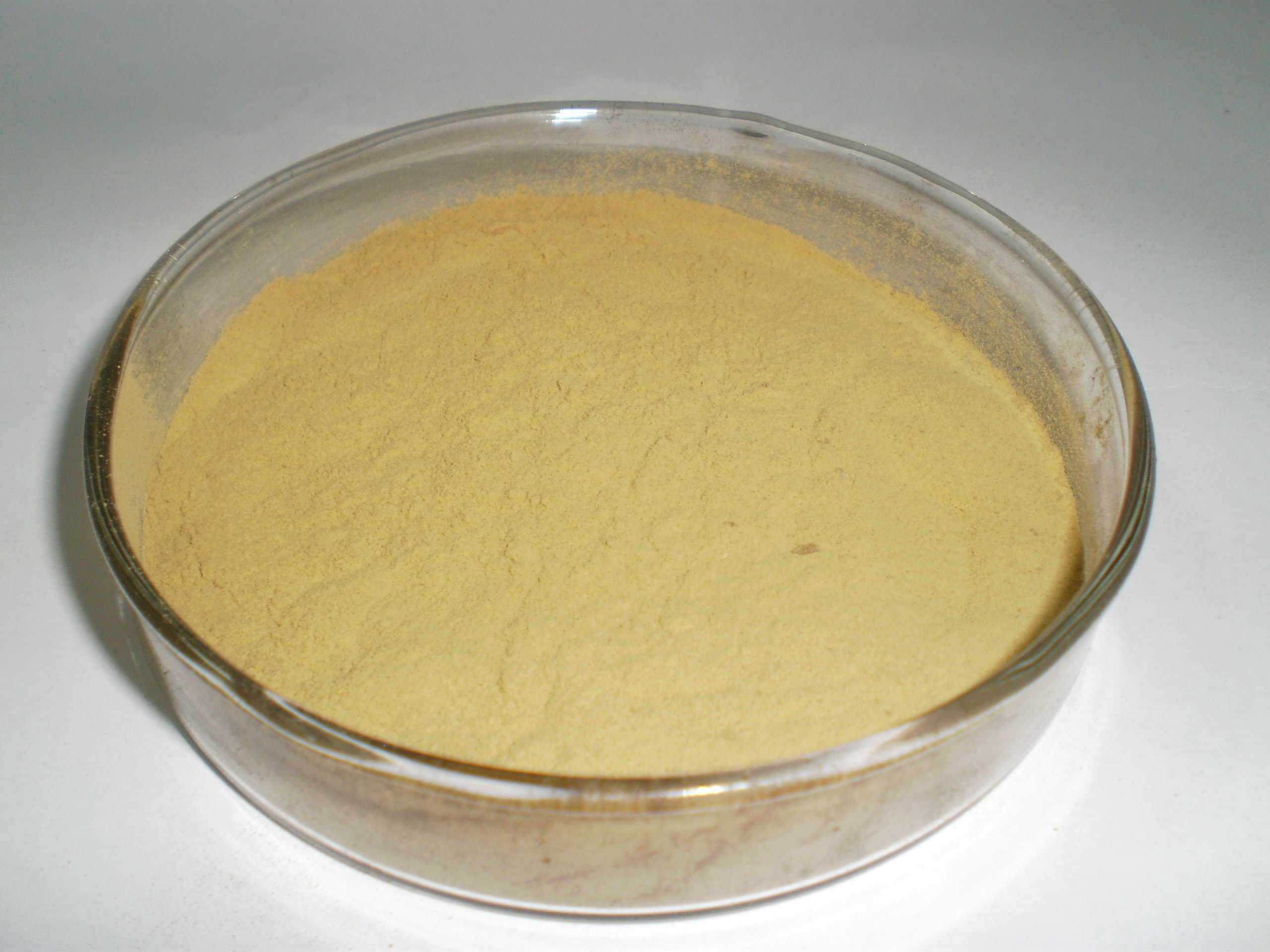how calcium lignosulfonate can interact with other chemicals in water treatment and agricultural applications:
- Interactions with coagulants and flocculants:
- Calcium lignosulfonate is often used in conjunction with coagulants and flocculants in water treatment processes.
- The negatively charged lignosulfonate can interact with positively charged coagulants, such as aluminum sulfate (alum) or ferric chloride, potentially affecting the coagulation and flocculation performance.
- The dosage and timing of calcium lignosulfonate addition need to be carefully balanced to optimize the overall treatment efficiency.
- Interactions with other water treatment chemicals:
- Calcium lignosulfonate may interact with other common water treatment additives, such as chlorine, pH adjusters, and antiscalants.
- The interactions can impact the efficacy and stability of these chemicals, potentially leading to unexpected consequences in the treatment process.
- For example, the complexation of calcium lignosulfonate with metal ions can interfere with the effectiveness of chlorine-based disinfectants.
- Interactions with agricultural inputs:
- In agricultural applications, calcium lignosulfonate may interact with various fertilizers, pesticides, or other soil amendments.
- The chelation of metal nutrients by calcium lignosulfonate can affect the availability and uptake of these nutrients by plants.
- Interactions with certain pesticides or herbicides may influence their effectiveness or persistence in the soil.
- Compatibility with membrane systems:
- In water treatment, calcium lignosulfonate is sometimes used as a scale inhibitor in membrane-based processes, such as reverse osmosis (RO) or nanofiltration.
- However, the interactions between calcium lignosulfonate and the membrane materials or cleaning chemicals can impact the long-term performance and fouling resistance of the membrane system.
- Careful selection and monitoring of membrane compatibility are essential when using calcium lignosulfonate in these applications.
- Interactions with organic matter:
- Calcium lignosulfonate can interact with natural organic matter (NOM) or other organic compounds present in water or soil.
- These interactions can affect the dispersant and complexation properties of calcium lignosulfonate, influencing its overall performance in water treatment or agricultural settings.
To manage these interactions effectively, it is crucial to follow the manufacturer’s recommendations, conduct compatibility testing, and closely monitor the performance of the overall system when using calcium lignosulfonate in combination with other chemicals or treatment processes. Careful optimization of dosages and application strategies can help mitigate potential incompatibility issues.

